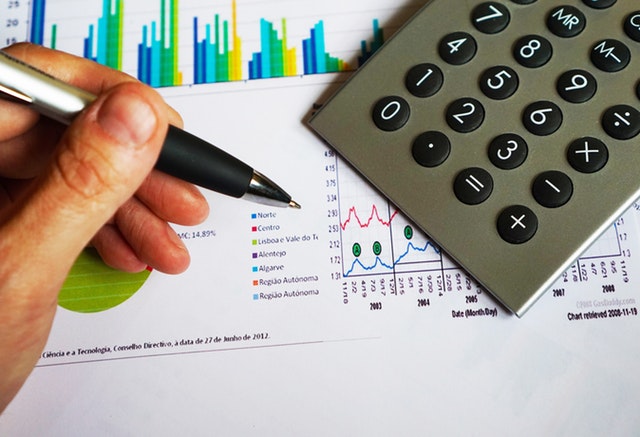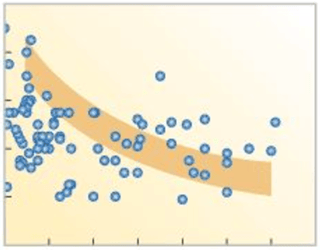Discount Management: How to Stop Your Profit Leak
 PriceBeam
·
2 minute read
PriceBeam
·
2 minute read

Though it may seem that many companies have forgotten, business is essentially about generating long-term profits. For profit-generation, ‘pricing’ is one of the most efficient tools at business managers’ disposal, which is why some companies are willing to pay vast sums to undertake market research of their customers’ willingness to pay - if the price setting is optimized with respect to the competition and the company’s marketing strategy, this can truly enhance the bottom-line.
However, for companies that grant discounts on a regular basis, ‘pricing’ becomes more complex than merely getting the initial list price right. Discounting is often at the salespeople’s discretion rather than a systemic process, and thus, procurement professionals have become quite good at turning this gut feel approach in their favour.
Why Are Discounts Granted?
First, let’s look at why salespeople give discounts in the first place. Discounting in itself is not a bad thing, especially in for B2B companies where discounts are considered to be standard. There is no exhaustive list of why companies give discounts, but some common types of discounts are ones that are given to:
- Encourage large-quantity purchases
- Obtain favourable terms of payment
- Obtain favourable terms of delivery
- Get customer to promote the product
- Performance penalties
- Get specific shelf-space
Etc.
Discounting goes wrong when salespeople start giving discounts without being able to categorize them, or when it makes sense from a revenue-perspective but not a profit-perspective. Common excuses for such behaviour is “I’m about to bag a large order, next time they’ll buy much more” or “I had to give it to close the deal”.
When and How to Use Discounts
Discounts should be used when there is something in it for the company, as also stated above. However, without keeping track of when and why discounts are given, it is impossible to diagnose where the ‘profit leak’ is. Most firms will keep track of discounts between the list-price and the invoice price, but then stop keeping track. Which leads to poor correlation between order quantity and discounts, as illustrated in the image below:

Discounting should reflect the willingness to pay of the customer or get the company something in return, however, due to the often careless discounting behaviour inherent in some salespeople, the largest discounts are granted to those with clever procurement professionals.
Differentiating by Willingness to Pay
Just as with end-consumers, it is important to know how price sensitive a procurement department is and what they are actually willing to pay. Especially companies doing business globally need to know how willingness to pay differs on a country-level so such differences can be accounted for through discounting. As differentiating list prices typically leads to substantial risks of parallel imports and key account risks, this is where discounting plays a pivotal role. It’s the differential pricing of the B2B environment, and just as differential pricing in B2C, prices should be differentiated based on willingness to pay rather than who appears to be the angriest.
Getting Something in Return
As described above, it is possible to get a quid-pro-quo deal with retailers and the like, where you, for instance, give a discount to get attractive shelf-space, get your payment early or reward a large order quantity. We are not arguing these discounts should be dropped, but it is incredibly important that there is a system and clear guidelines for giving such discounts. We refer to this as ‘counter discount management’, i.e. having salespeople clearly reporting why they give discounts, and then have managers oversee and approve discounts that deviate from what is considered normal. While it may seem like micromanaging, it is just as much a tool to foster self-regulation among salespeople as the system forces them to ask ‘Why?’.
.png?width=400&height=100&name=PBLogoTransparent%20(1).png)




